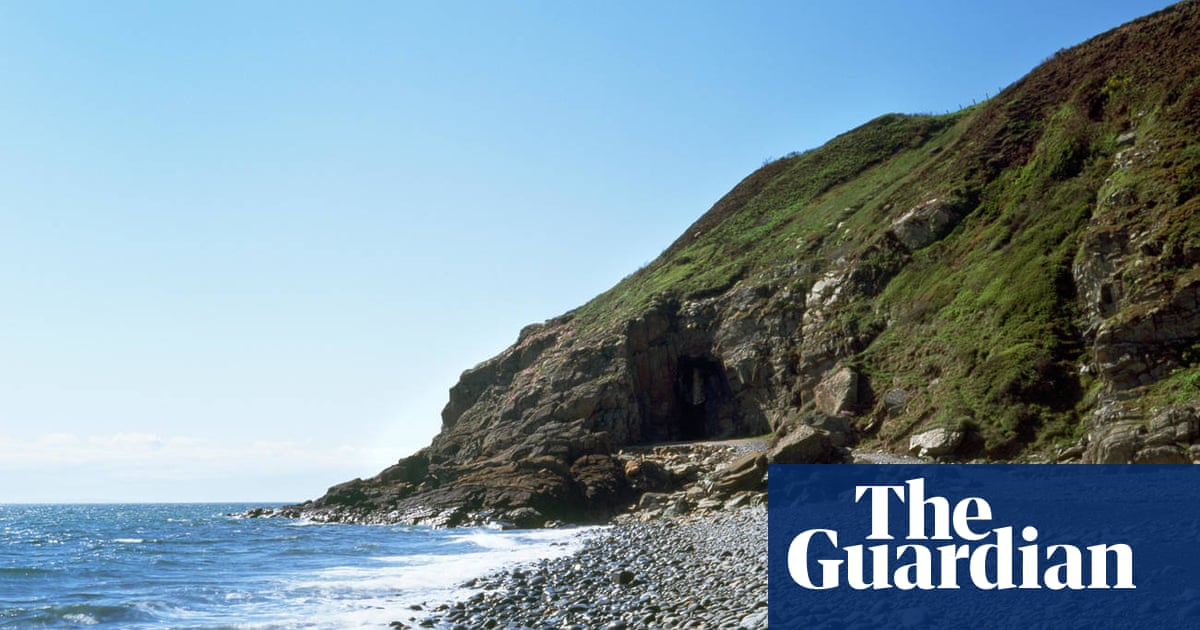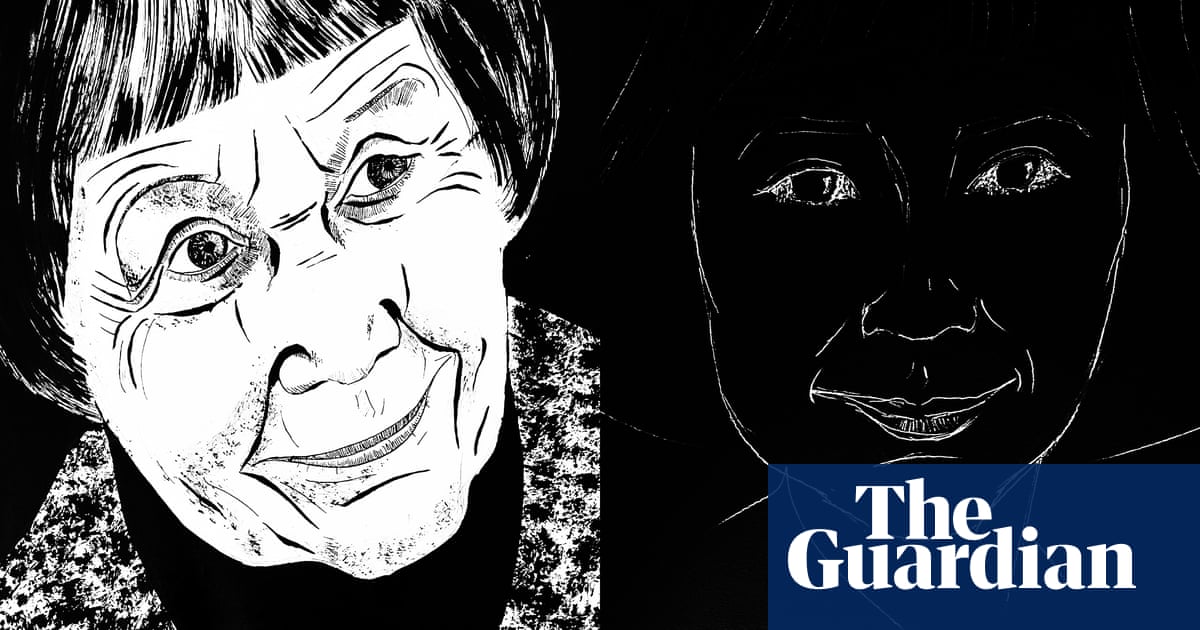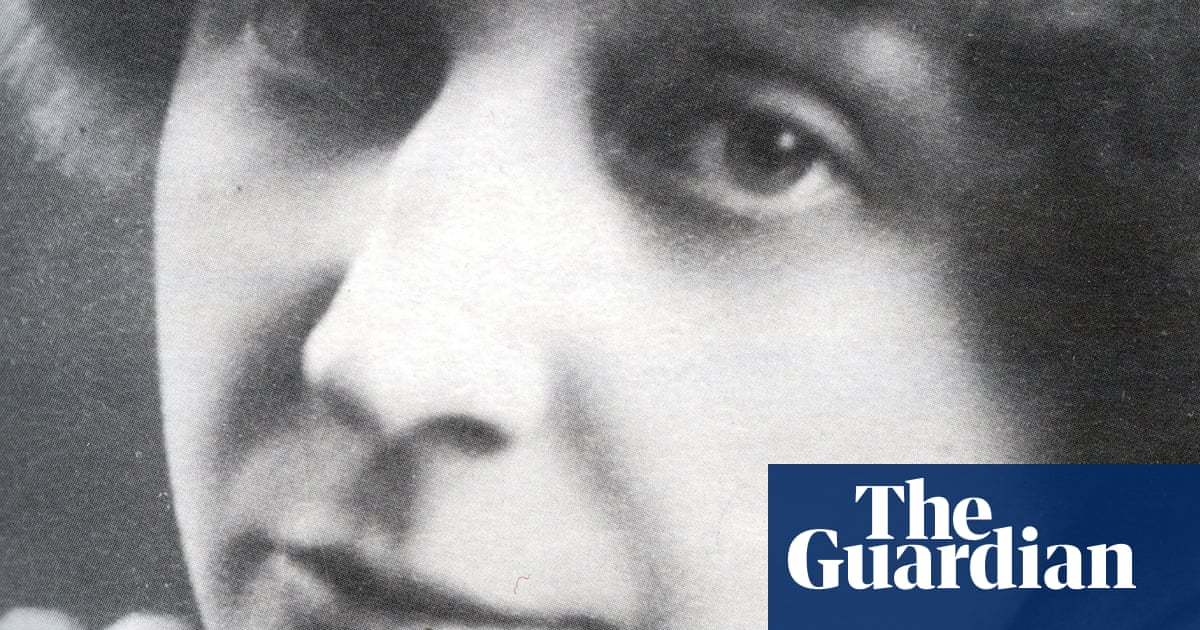
Lightning Strikes School Tree
No-one saw it but me and I had my eyes shut:
I’d given class their Thomas Hardy worksheets,
the bell had gone off, hinging our double period,
everybody was scraping their chairs about,
there was an agreed low level of laugh and chat
and doubtless some thought was authentically
bent to the poem, some to the fizzy striplight,
some to the weight of the next forty minutes and some
to the far field out of the window
where – as I say – with my eyes shut
I saw not the flash but the mid-distance lime tree
pulled flat like the loop in a seam
at the fact of a needle: and then when I blinked
I could still see the needle, and I had my eyes shut.
John Clegg defines the drily intriguing title of his third collection, Aliquot, as “the sample of a sample” (there’s a slightly more detailed definition here). The word may tie in, if loosely, to the sometimes-stated view that a poet’s individual poems should be considered parts of a single long poem. Lightning Strikes School Tree glances towards the ecological matters important to the collection as a whole. Similarly, it employs the crisp, precisely observant style of writing used throughout, showing it can accommodate a small-scale anecdote as effectively as it investigates a gene sequence.
The poem’s title suggests the blunt present tense and limited perspective of a newspaper headline. Clegg’s first-person account plays sparingly with the parodic possibilities in the first line, engaging the reader with a potential “story” and a hint that the story could be comic. “No-one saw it but me and I had my eyes shut” is a neat joke, with an end-of-line colon indicating a pause for laughter. But the narrative soon steadies itself and concentrates on placing the speaker and setting the scene. This is all very well judged. The detail is lively but not overwhelming. As in the speaker’s English class with its “agreed low level of laughter and chat”, Clegg’s sonnet-sized narrative has a controlled informality.
In lines six to nine, the narrator-schoolteacher nudges the reader with a gently knowing commentary on his students’ various levels of concentration. When he swerves back deftly at line nine to his opening statement, it seems he belongs with the least attentive members of the class, those who direct their “thought” beyond the Thomas Hardy worksheets “to the far field out of the window”. This is where the teacher also gazes “as I say – with my eyes shut”. Looking out of a window with closed eyes is certainly an advanced form of inattention, and, it may be hinted, can on occasion lead to a remarkable vision.
There are three points in the poem where the line ends “my eyes shut” (one, 10 and 14). “Shut” in addition picks up some consonantal rhyming (“worksheets”, “about”, “chat”, “striplight”). The emphases are minimally audible: Clegg manages such repetitions without sonnet-induced rhetoric. The comic potential of the storytelling is quietly put aside.
At the climax of his anecdote, Clegg chooses a poetic figure that shows us something extraordinary without appearing to sacrifice precise observation and record-taking. The “mid-distance lime tree” is simply “pulled flat like the loop of a seam / at the fact of a needle”. It’s the agency given to “the fact of a needle” that makes the simile such a powerful one. The needle, with its spare, intense brilliance, then becomes the after-image of the lightning. No flash, we’re told, has been observed. Clegg’s poem, in its fidelity to the event, does exactly what a poem is required to do: it forgets the dead cliche (the flash of lightning) and tells us something new. That incandescent sewing needle, so weirdly bright it imprints the retina through closed eyes, has radically changed the tree, flattened it as if it were a mere stitch of cotton thread. The reader’s inner eye is imprinted, too.
Among the poems that cite environmental damage, this one is particularly oblique. The severity of the lightning strike might be attributable to the effects of climate change or previous destruction of the tree’s more protective environment. But the poem itself demands no such context: the lightning strike may be what was once called an act of God. And the larger question remains: is this a true story? The reference to the Thomas Hardy worksheets in line two might suggest a literary source besides the sonnet or the lime-tree bower: perhaps chapter 37 of Far from the Madding Crowd?
Those Hardy worksheets could be viewed as the discreet signpost to the bigger landscape.












